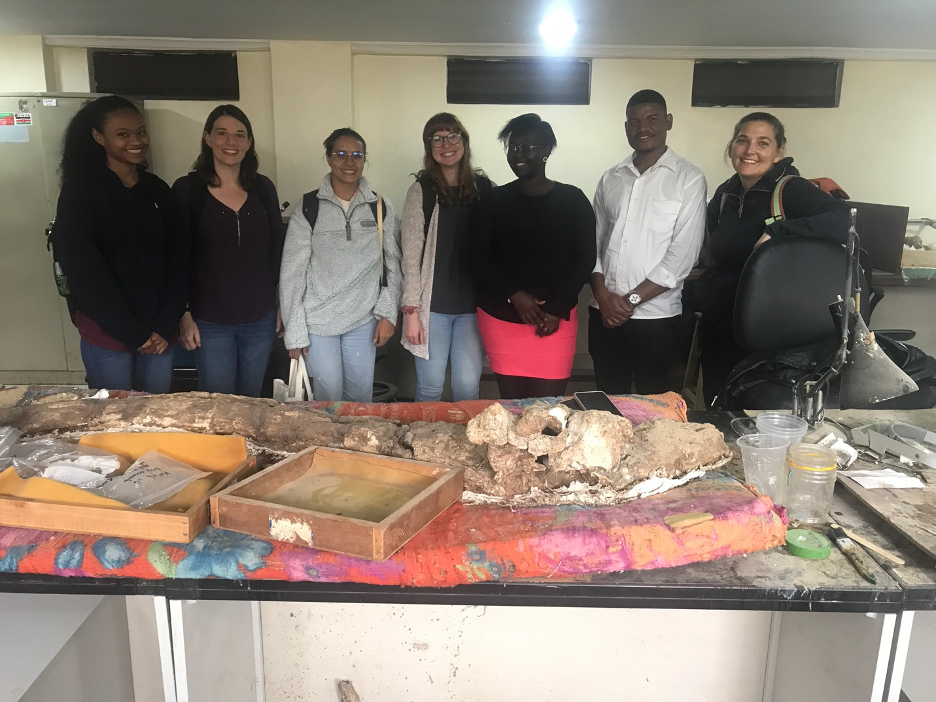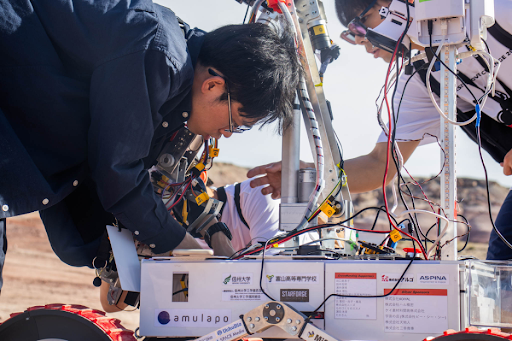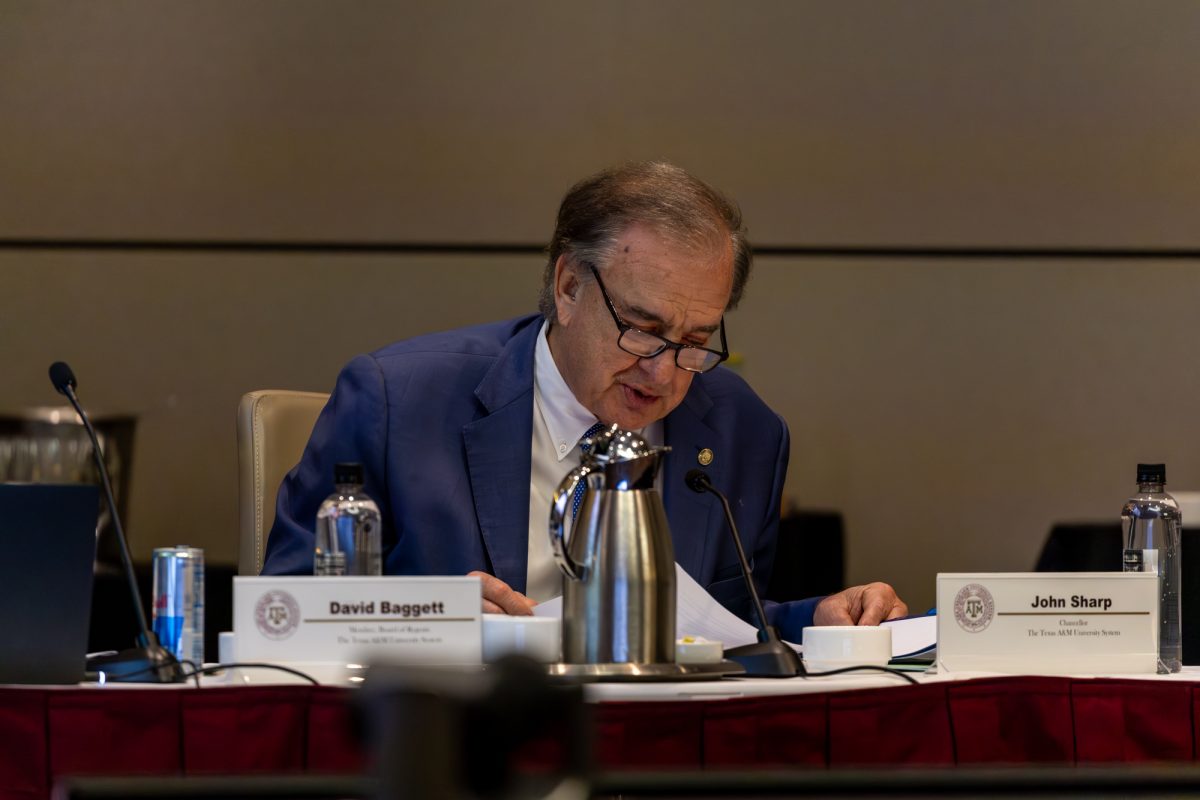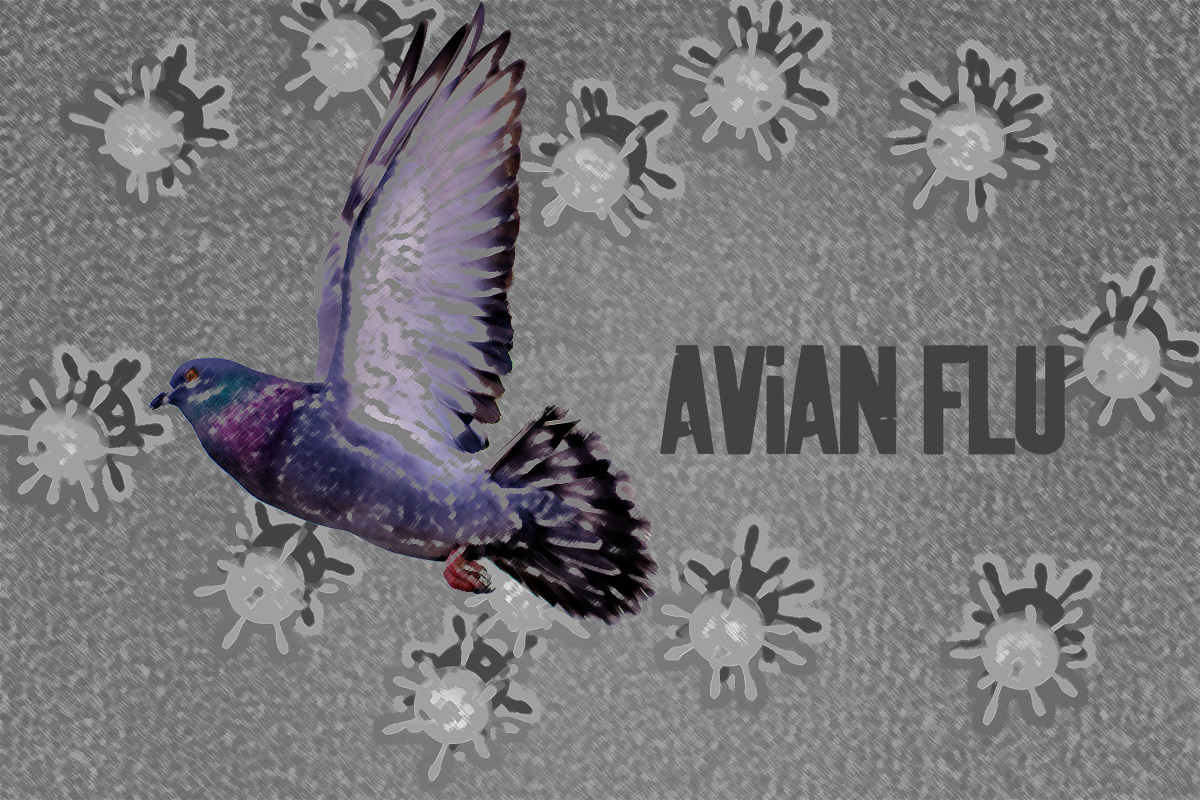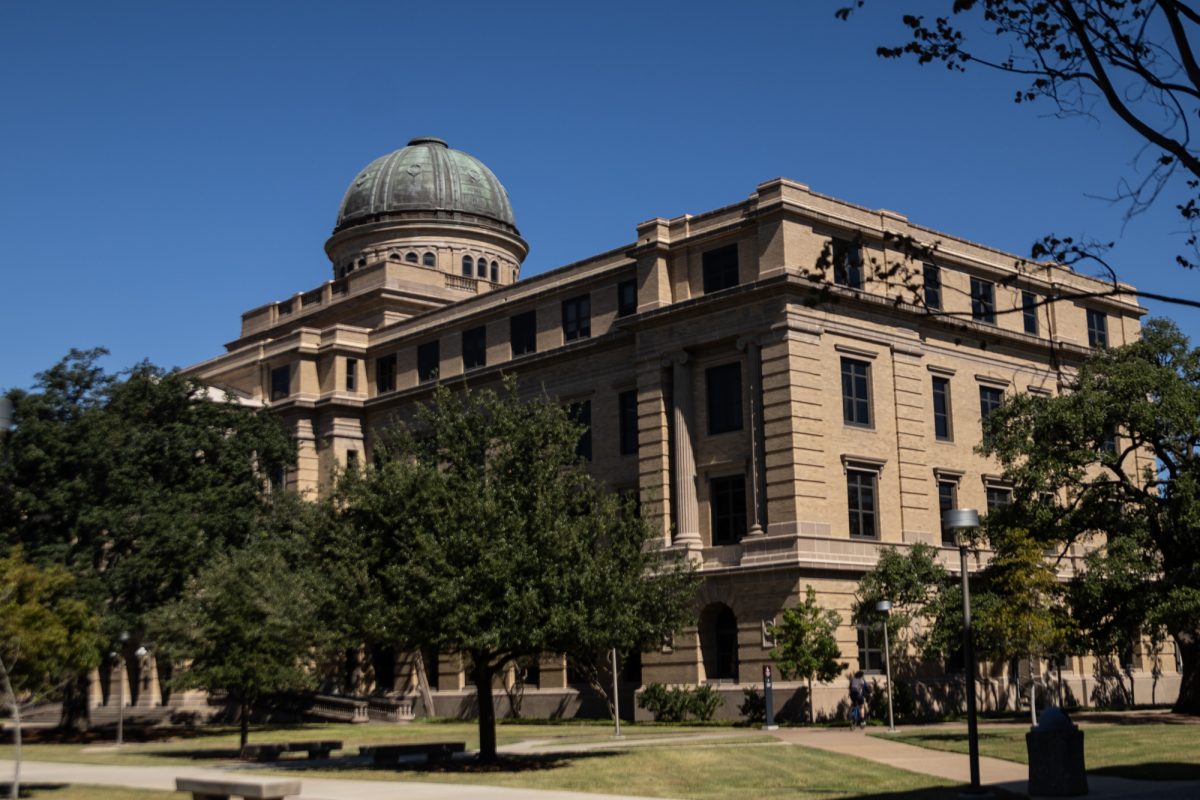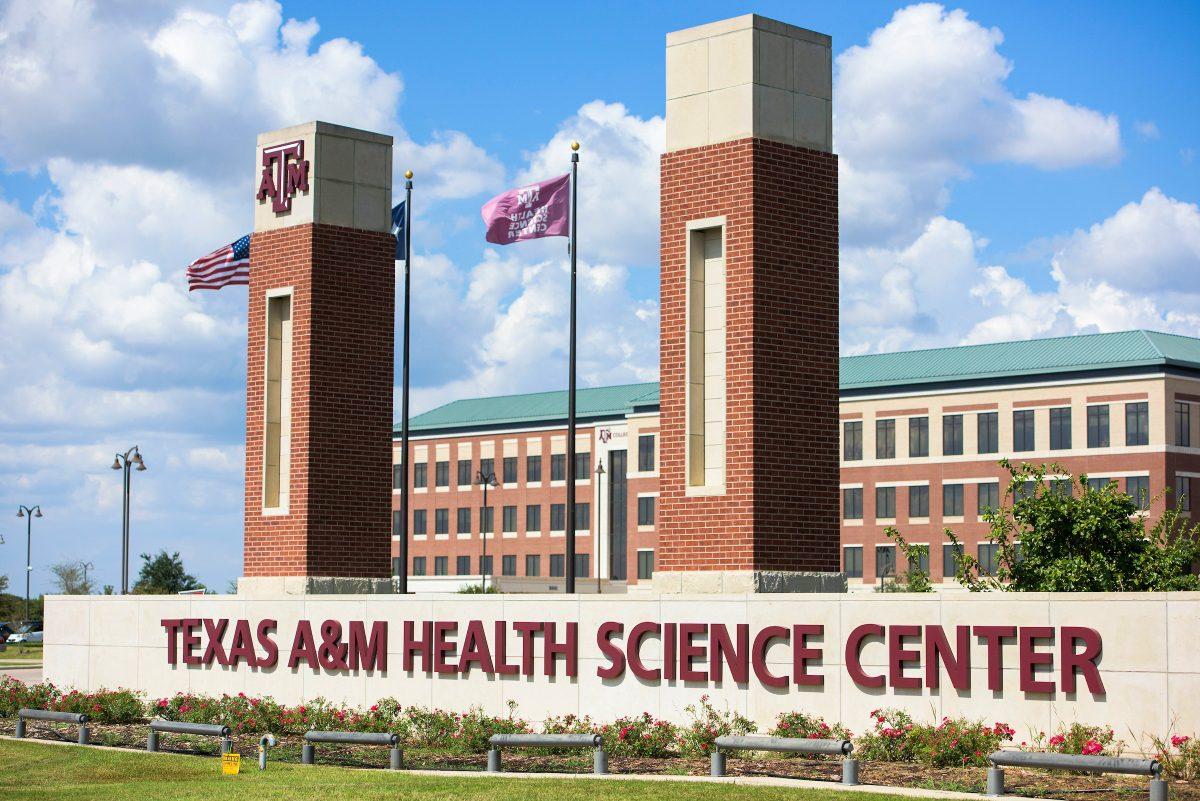On Monday, Aug. 21 a total solar eclipse was visible in the United States for the first time in 38 years. This rare phenomenon brought the community of Bryan/College Station together at Texas A&M’s Rudder plaza, where the Department of Physics and Astronomy hosted a solar eclipse watching event. This event was open to students as well as the public, providing everyone a central location to view this sight.
According to Doyeon Kim, applied mathematics junior and event coordinator, eclipses are not rare, but the close proximity of the moon to the sun made this eclipse special and complete.
“Eclipses happen twice a year, but they happen in different parts of the earth, making it hard to see a whole eclipse crossing a span like this,” Doyeon said. “Because the moon is orbiting very close to the earth this allows us to see the total eclipse.”
The eclipse provided an opportunity for the community to come together in the name of science, according to research scientist in the Munnerlyn Astronomical Instrumentation Lab Luke Schmidt.
“The best thing about the eclipse is that it’s a great chance to do public outreach, get people excited about astronomy,” Schmidt said. “Most astronomy relies on public funding to do their work, so reaching out to the general public and letting them see something that’s really interesting like this helps generate the interest that provides us the funding to do our scientific research.”
Liam Plybon, physics junior and researcher at the Munnerlyn Institute said witnessing the eclipse could be an interesting and meaningful experience for those who got the chance to see it.
“With a phenomenon like this, it’s easy for people to be star struck,” Plybon said. “Often an event like this can put things back into perspective.”
The next total solar eclipse visible from the U.S. will take place on April 8, 2024. Schmidt said taking proper safety precautions is a critical part of observing any solar eclipse.
“There’s a lot of energy coming out from the sun, and some of it is at wavelengths we can’t see with our eyes,” Schmidt said. “So, if you don’t have protection you can look at it and it will damage your eyes and you’re not even realizing they’re getting damaged until it’s too late.”
As a member of the science department, Doyeon said she wanted to show that there is a relationship between the science department and the community and emphasized that people should never be afraid to ask questions.
“People love the stars, but they don’t know where and how to look at it properly.” Doyeon said. “We can help them, we want to close the distance and show we are kind and friendly.”
Community comes together to witness rare solar eclipse
August 22, 2017
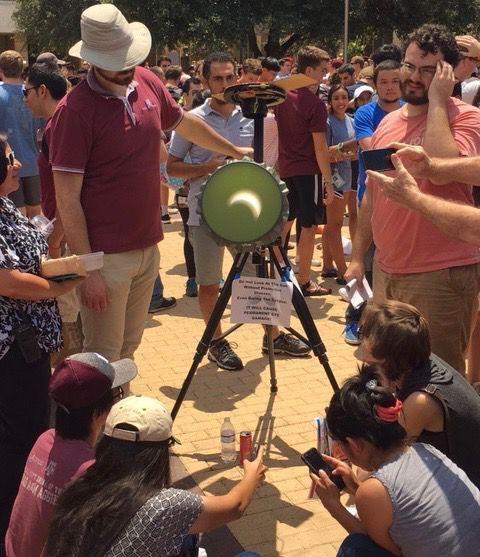
Photo by Photo by Austin Patterson
The Department of Physics and Astronomy hosted an eclipse watching party on campus for both students and the public.
0
Donate to The Battalion
$1065
$5000
Contributed
Our Goal
Your donation will support the student journalists of Texas A&M University - College Station. Your contribution will allow us to purchase equipment and cover our annual website hosting costs, in addition to paying freelance staffers for their work, travel costs for coverage and more!
More to Discover




